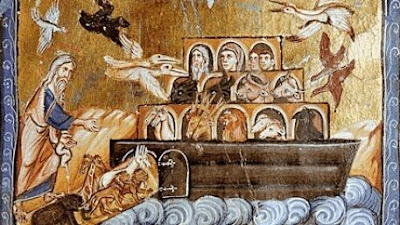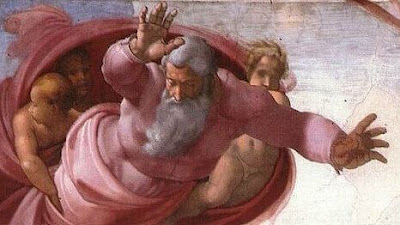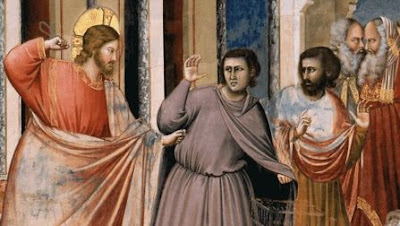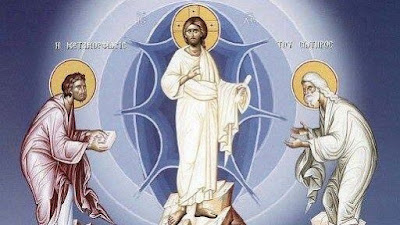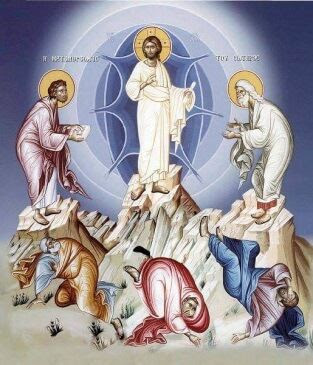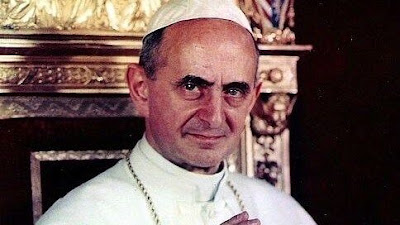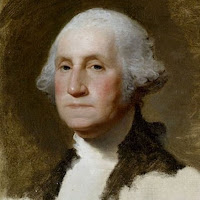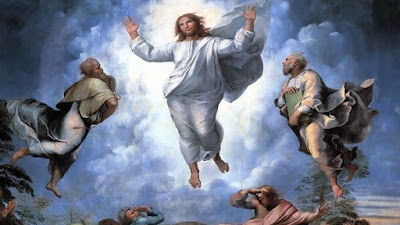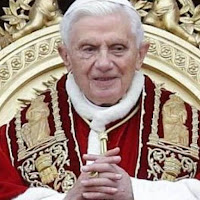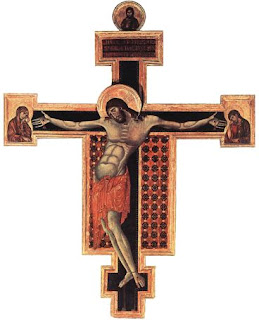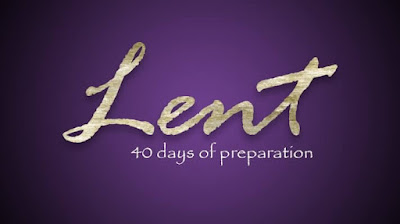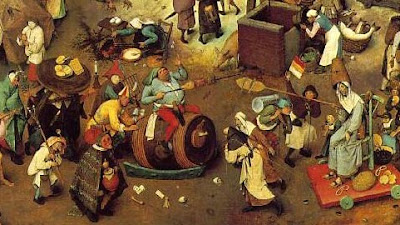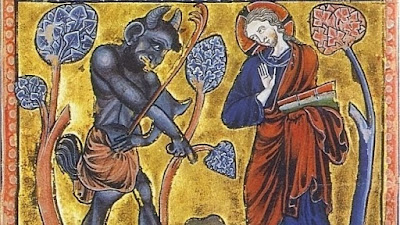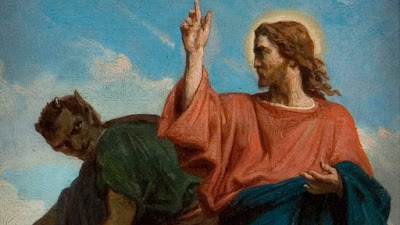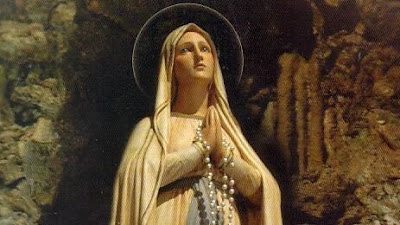Ven. Fulton Sheen on the Necessity of Good Friday
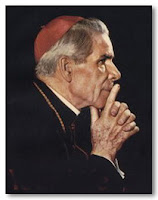
Unless there is a Good Friday in your life, there can be no Easter Sunday. — Venerable Fulton Sheen ___________________________________________ Prayer for the Canonization of Venerable Fulton Sheen Heavenly Father, source of all holiness, You raise up within the Church in every age men and women who serve with heroic virtue and dedication. You have blessed Your Church through the life and ministry of Your servant, Archbishop Fulton J Sheen. He has written and spoken well of Your Divine Son, Jesus Christ, and was an instrument of the Holy Spirit in touching the hearts of Your people. If it be according to Your Will, for the honor and glory of the Most Holy Trinity and for the salvation of souls, we humbly ask You to move the Church to proclaim him a saint. We ask this through Jesus, our Lord who reigns together with You. Amen.

